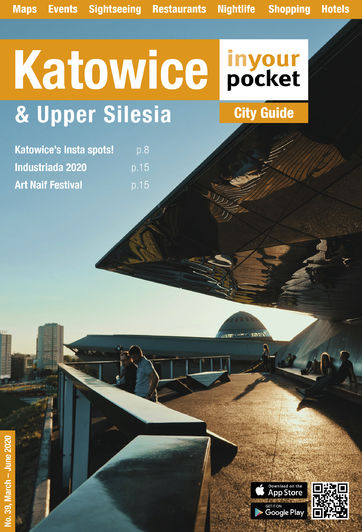Nikiszowiec
Built between 1908 and 1912 to house workers in the backyard of their place of employment – the large smoke-churning Wieczorek (formerly ‘Giesche’) coal mine – the enclosed residential complex of Nikiszowiec is composed of six compact four-sided three-storey blocks with inner courtyards. Distinguished by its uniformity of style – red brick buildings accented with red-painted windowframing, and narrow streets joined by handsome arcades – the neighbourhood was designed by Georg and Emil Zillman of Berlin-Charlottenburg to be a completely self-sufficient community for 1,000 workers with a school, hospital, police station, post office, swimming pool, bakery and church. Thanks to WWI and the subsequent Silesian Uprisings – during which time Nikiszowiec saw fierce fighting, and was afterwards incorporated into Poland – St. Anne’s Church (Pl. Wyzwolenia 21) wasn’t able to be finished until 1927, but became the crowning glory of the neighbourhood as soon as it was. Though it would ironically seem be a socialist planners’ wet dream, Nikiszowiec actually makes a happy, handsome departure from the communist botch-job of downtown Katowice and has become a prized location for amateur photographers and budding filmmakers due to the fact that it has remained virtually unchanged since the Second World War. City marketers have also recognised the district’s uniqueness with increasing efforts to draw tourist attention to the area and a campaign afoot to fasten Nikiszowiec to the UNESCO Heritage List. Though the district is generally safe to wander, you should still exercise sensible precautions about where you stick both your nose and that fancy new digital camera; and who you do it in front of.
Despite supposedly being a self-sufficient community that has now grown to over 7,000 people, bars, restaurants and other indoor places to refuel or pass some time are shockingly few and far between in Nikiszowiec. The relatively recent opening of the district's first restaurant - SITG (ul. Krawczyka 1) - is an absolute godsend, otherwise you'd best pack a lunch or head on to Giszowiec where you’ll find several cheap places to eat. To get there, head back to ul. Szopienicka and catch the bus for a few stops until you arrive at the next populated area.
Refine your search
Choose Categories
Industrial Tourism
Nikiszowiec
Jewish Katowice
Museums
Monuments
Places of Interest
Cemeteries
Churches
Giszowiec
Parks & Gardens
Tourist Information
Tours
Choose District
Giszowiec
Nikiszowiec
Katowice Centre
Choose Amenities
Child-friendly
Dogs Allowed
Facilities for disabled
Submit


